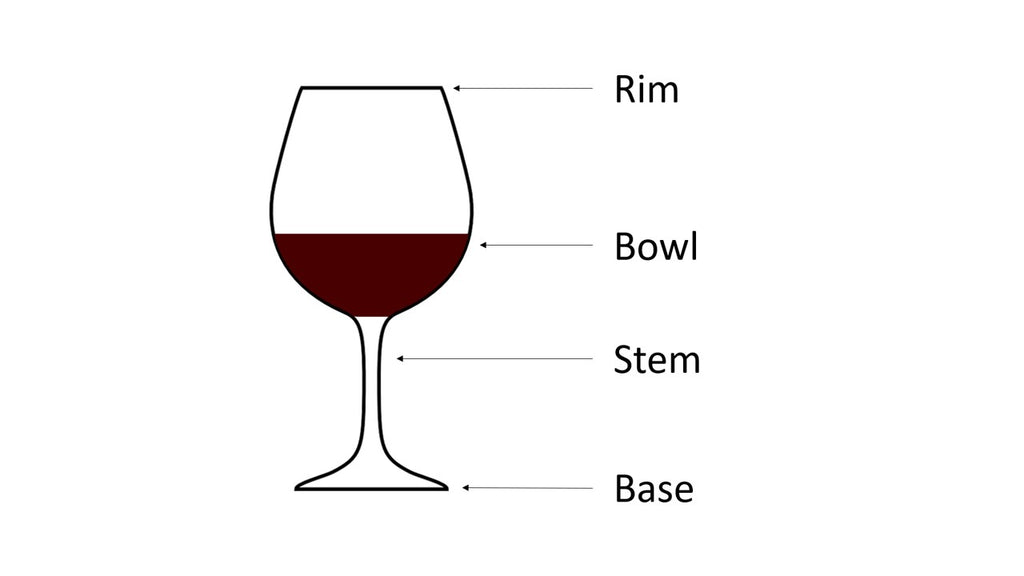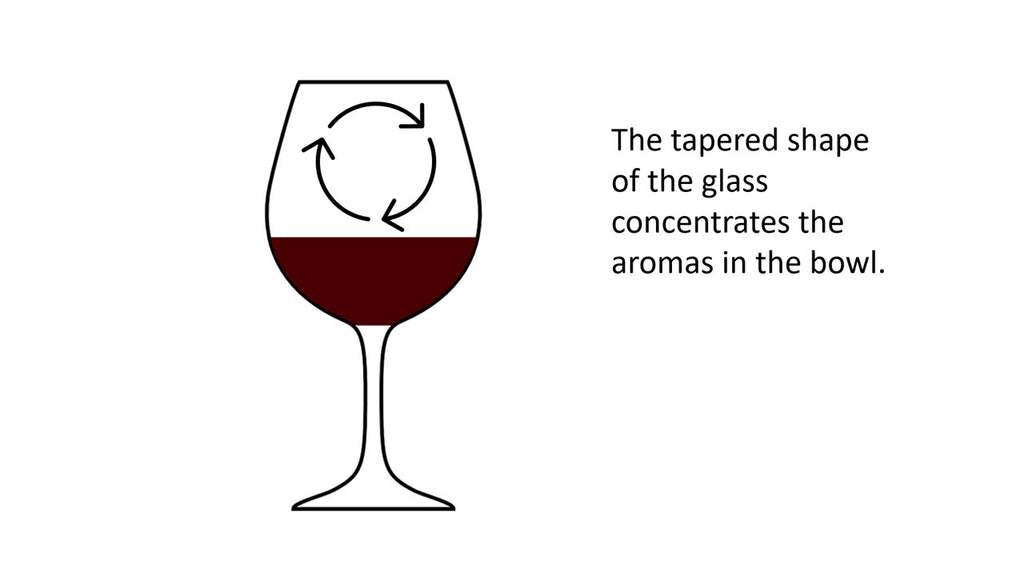Header Image by Aline Ponce from Pixabay
In that long and ever-expanding list of first-world dilemmas, knowing which glass to use for which wine ranks pretty near the top. There are those who will insist that good Burgundy can only be served in great glass balloons. While some glass manufacturers take the subject so seriously that they produce differently shaped glasses for each of the main grape varieties.
All of which is fine and dandy, and a fitting subject if you ever appear on Mastermind. But it’s a bit OTT if all you’re after is some sensible advice for everyday drinking.
Which is where Simply Spanish Wine steps in, with some straightforward tips on wine glasses – or stemware as the Americans like to call it. But let’s start with a bit of history.
Glass has been around for nigh on 6,000 years, which is when the first glass objects started to appear in Mesopotamia (between the Tigris and Euphrates rivers). Fast forward 2,000 years and the Egyptians had learnt to press glass into moulds to make ever more sophisticated glass objects.
By the fourteenth century, glassblowing had taken off in Venice and the city - particularly the Murano islands in the lagoon – became famous for glass that was finer and clearer than the competition.
Soon merchants from other countries began to take note and export Venetian glass technology back to their own countries. In 17th-century Britain, George Ravenscroft developed some of the techniques he had picked up on his travels through Venice and added lead oxide and flint to the mix to make stronger, more resilient glass.
At the same time, social mores were evolving. As wine bottles took pride of place on the table, glassware became ever more delicate and sophisticated and the wine glass shape that we know today began to emerge.
That’s the history lesson out of the way. So, what wine glasses should you choose?
First of all, the material. Glass is ideal for wine because it’s inert. That means the container doesn’t add or subtract anything from the flavours and aromas of the wine.
Your wine glass should also be transparent. No fancy colours or patterns. Just plain, clear glass. That way you can have an uninterrupted view of your wine, check for any impurities, and get a true sense of the colour. That all helps to tell you a bit about the wine – like its age, or perhaps how much time it’s had in contact with the skins.
Design is important too. The shape of wine glasses is very deliberate and functional. From top to bottom, a wine glass can be divided into four parts: the rim, the bowl, the stem and the base or foot.

Thin-rimmed glasses are highly prized by wine tasters as they ensure the maximum contact between wine and palate.
The bowl should be big enough to allow a swirl of the wine without spilling any. That helps release some of the flavour compounds into the space between the surface of the wine and the rim of the glass so you can have a good sniff. Usually, wine glasses taper upwards to help concentrate those aromas towards the nose.

The stem is the glass stalk under the bowl. Serving wine in stemless glasses means you’d be grabbing the glass in your hand which would warm up the wine in the glass. Holding the glass by the stem stops that warming process and allows you to enjoy the wine at optimum temperature.
Finally, the base or foot of the glass is there to... well, stop the glass falling over!
So, what wine glass should you buy? Well, storage space and budget will probably be the main factors determining the size of your wine glass collection, but really you only need one design that fits all the points outlined above.
A good-sized glass with a generous tapered bowl and stem will be fine for both red and white wines. The standard IKEA range is pretty good, and most are dishwasher-friendly (we aren't on commission!).

STORSINT Wine glass from IKEA
If you want you could add a tapered flute for champagne, cava and other sparklers – the flute shape helps to preserve the bubbles – and perhaps a smaller, port-style glass if you’re a fortified wine fan. But don’t worry if you just have one style – it will work perfectly well for all wine types.
So, there we have it, a quick rundown of which wine glasses to have. Now all you need is something delicious to put in them.
Cheers!

